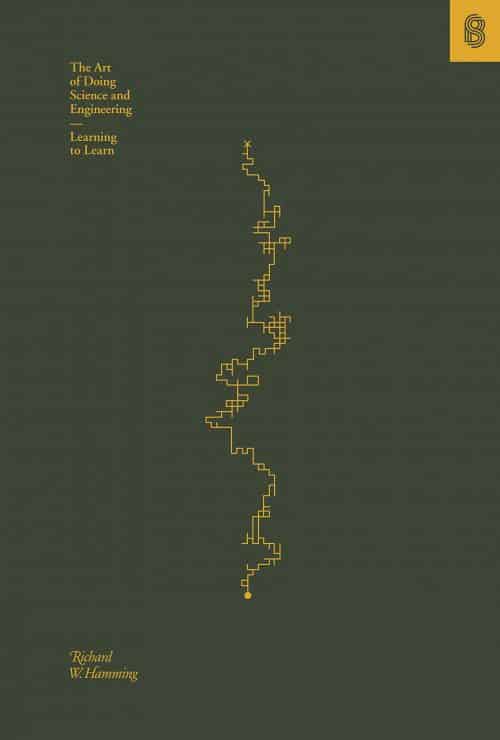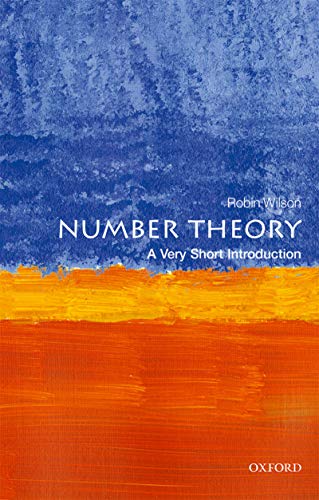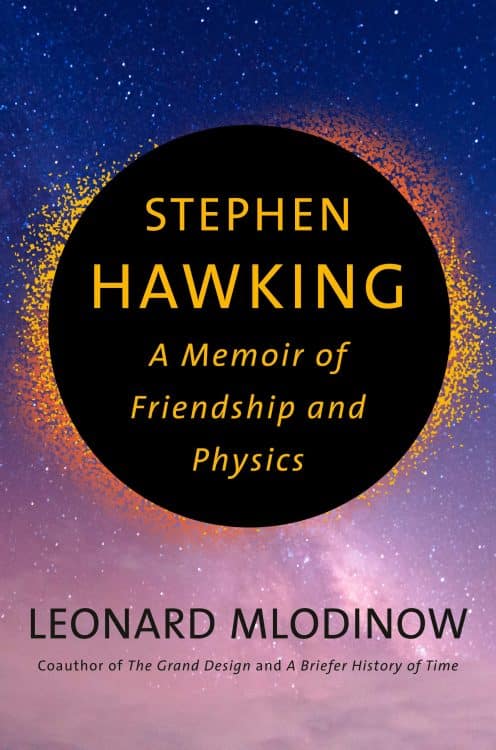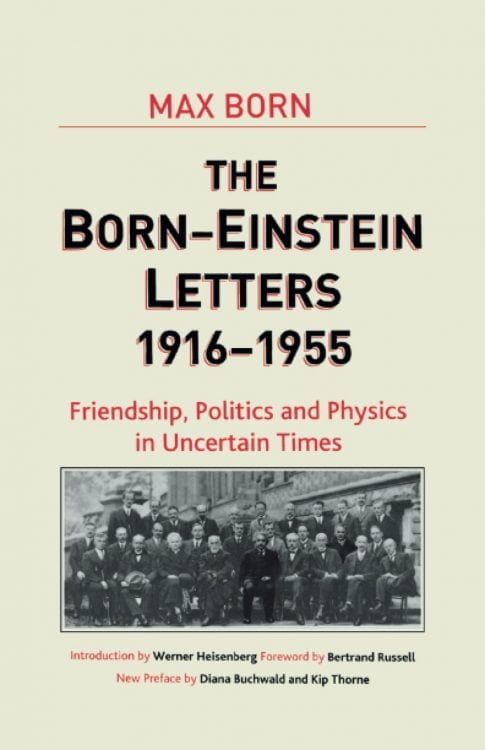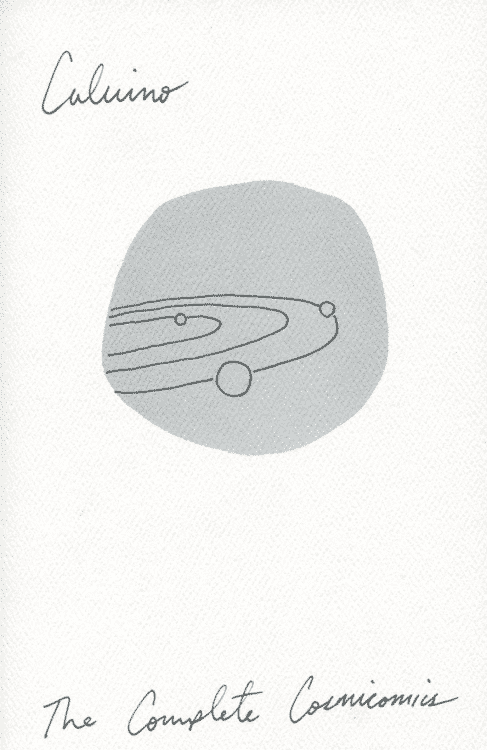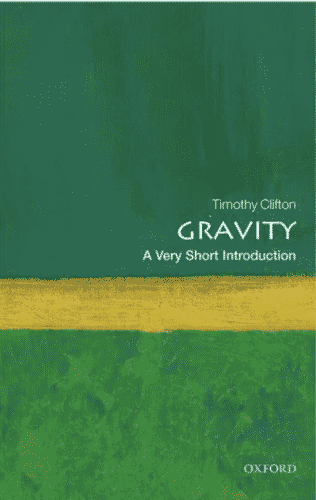We can see the world around us thanks to light. We can directly learn about space, time, the physical composition of the environment, and how it evolves thanks to our sense of sight. Through the millennia, people have been fascinated by the nature and characteristics of light due to this virtually universal shared experience of seeing. But the full spectrum of electromagnetic radiation, which includes everything from radio waves to gamma rays, is much larger than the light humans can see.
In this Very Short Introduction, Ian Walmsley talks about the earliest attempts to explain light and how scientists like Isaac Newton and Christiaan Huygens developed the seemingly incompatible particle and wave theories. He demonstrates how the electromagnetic wave nature of light was discovered in the nineteenth century and how the wave-particle duality theory of quantum mechanics emerged in the twentieth. He also discusses the various industrial and research uses for light, including microwaves, DVD players, and lasers. The full spectrum of electromagnetic radiation is now used to look both inside the human body and deep into space. Walmsley wraps up by examining some of the most intriguing recent advancements employing quantum light sources in communications and computers before turning his attention to the future of optics.


